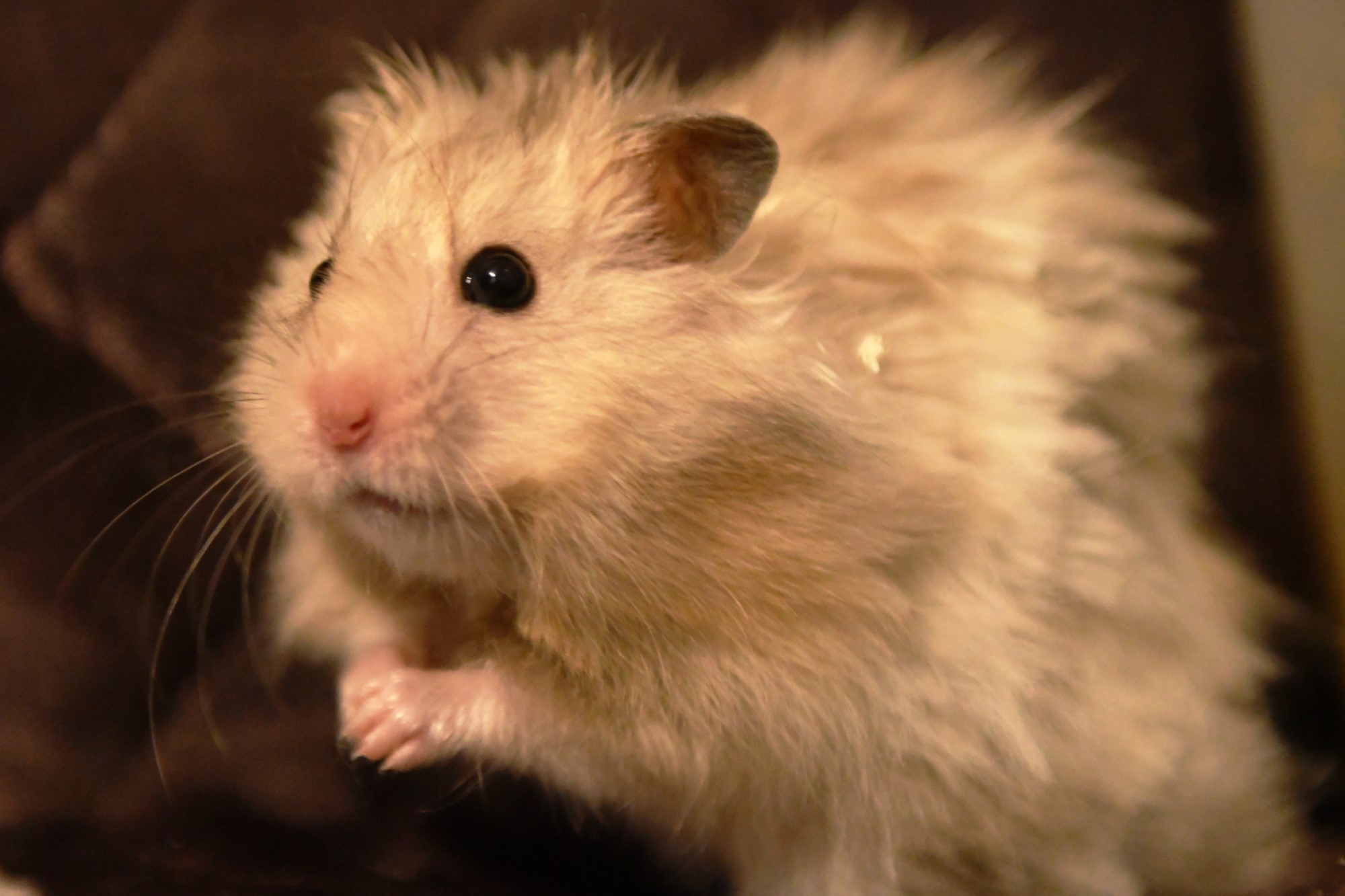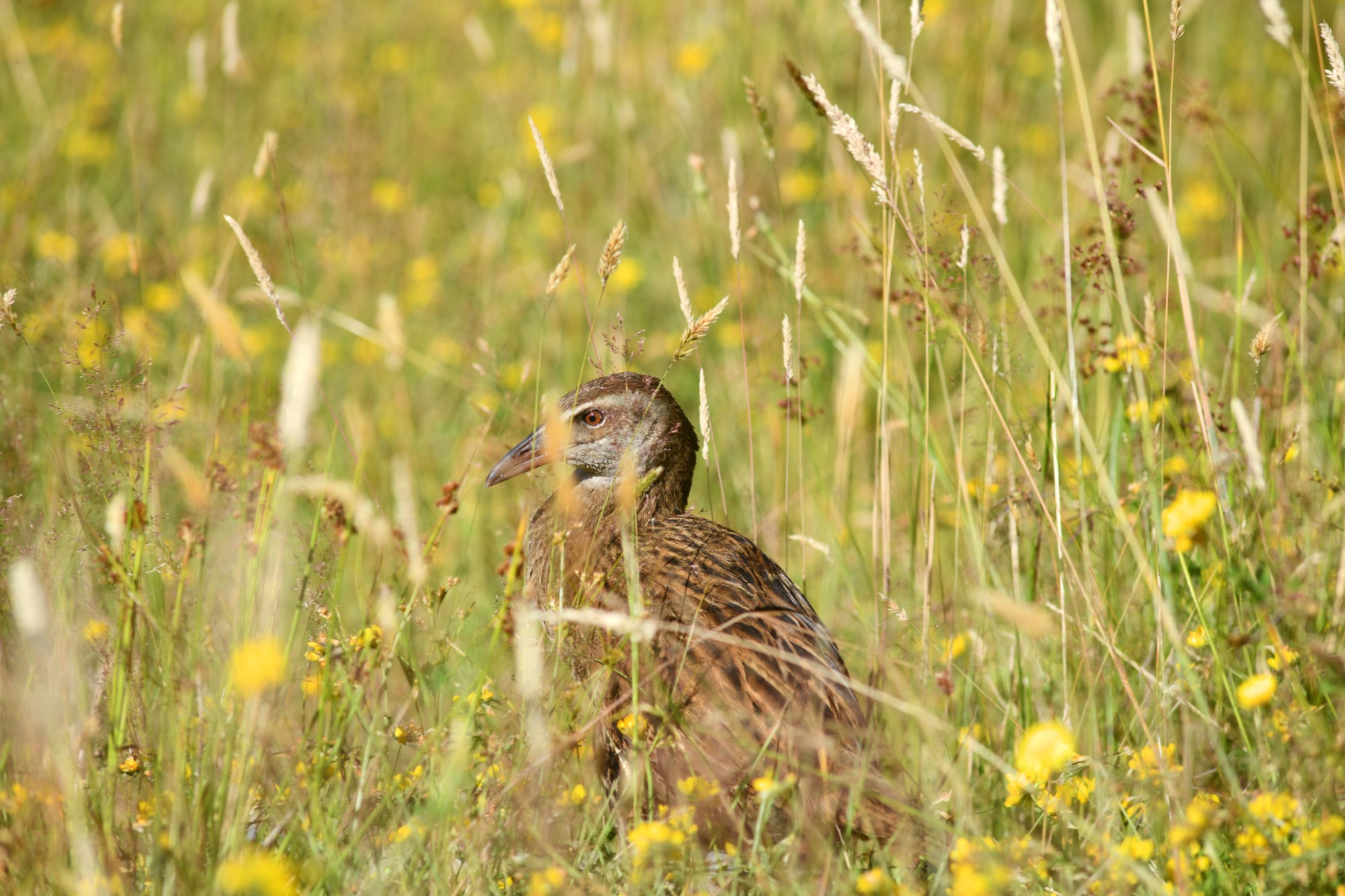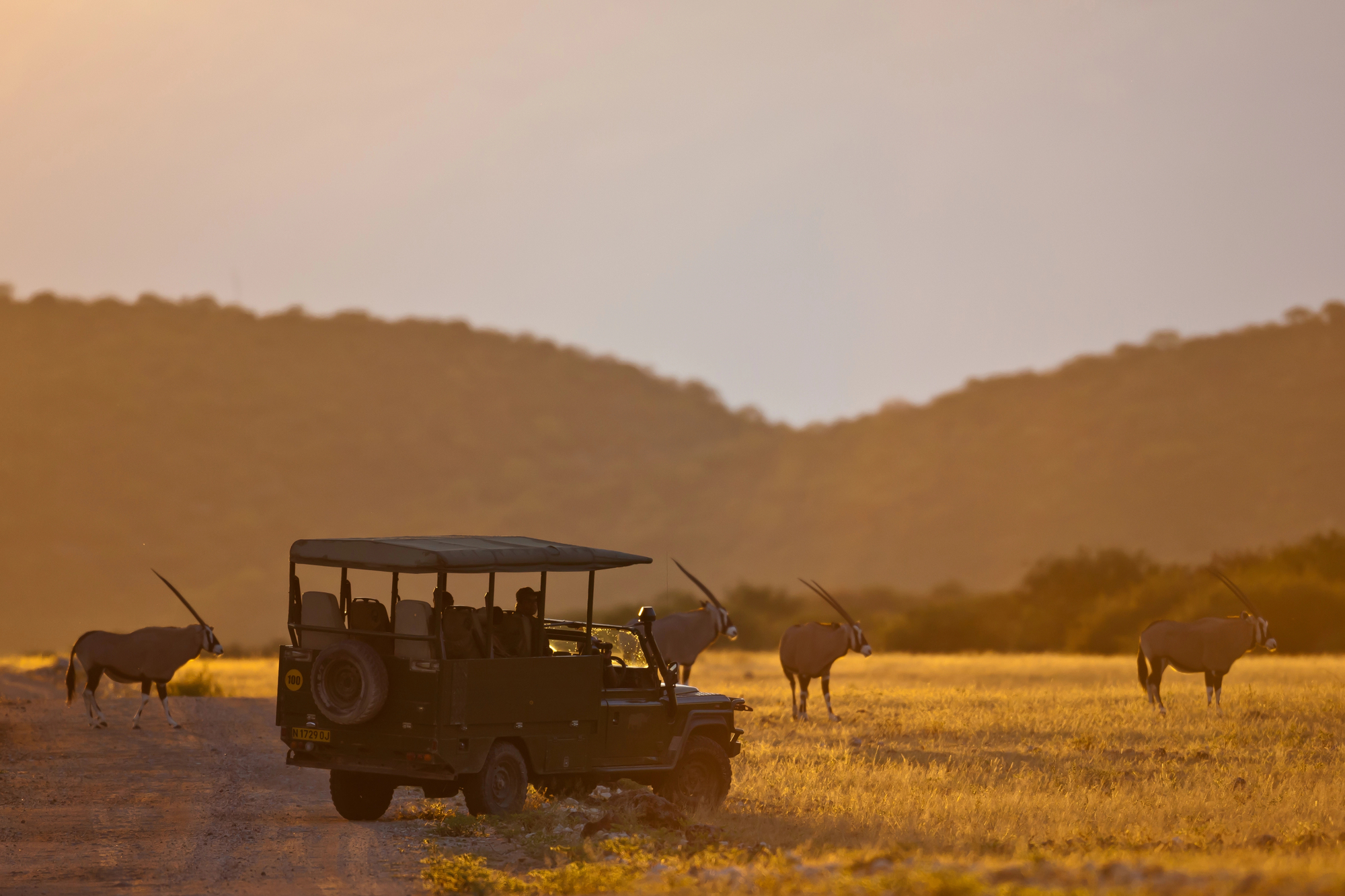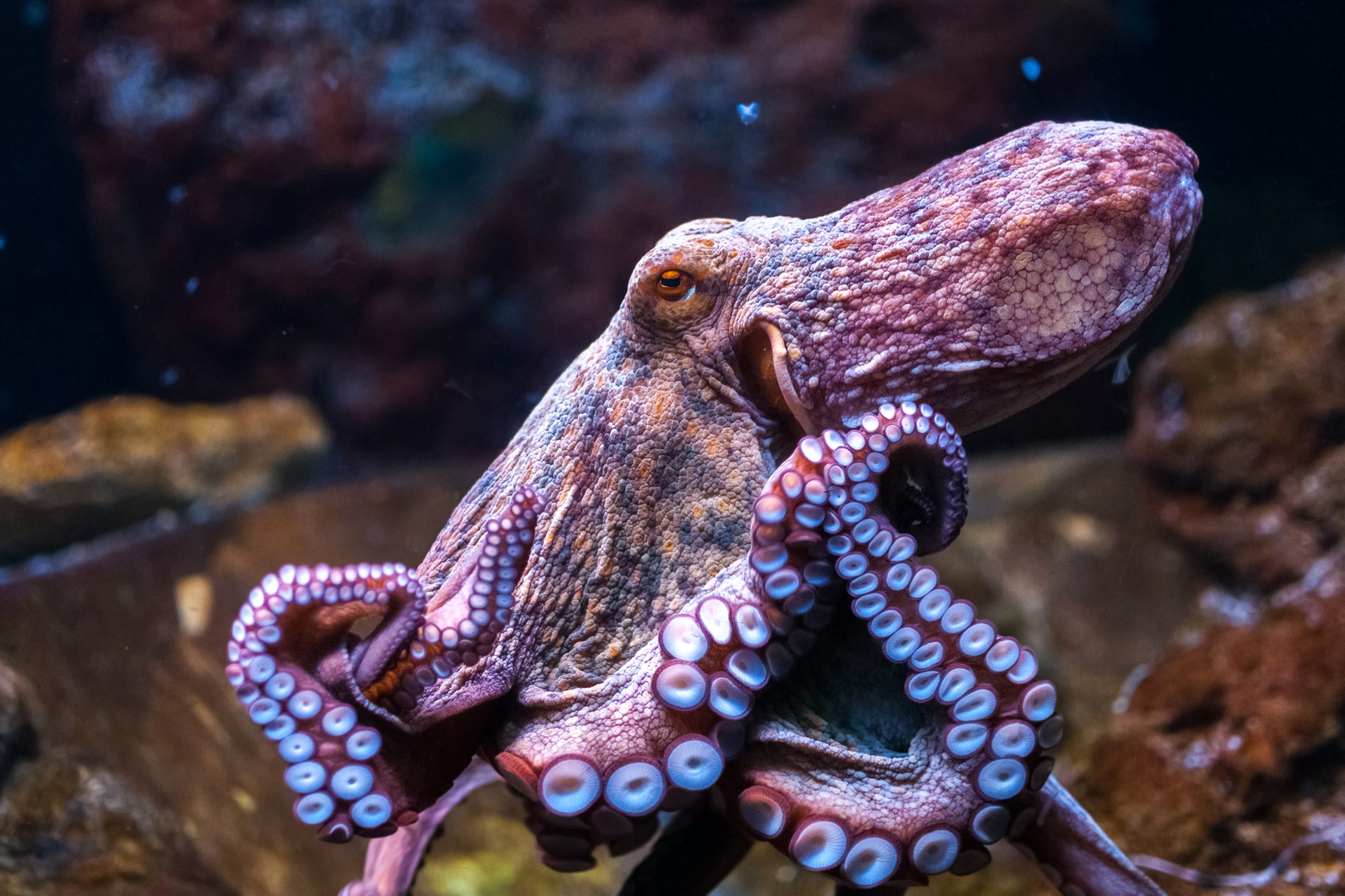Are Self-Spreading Vaccines the Solution to Potential Future Pandemics?
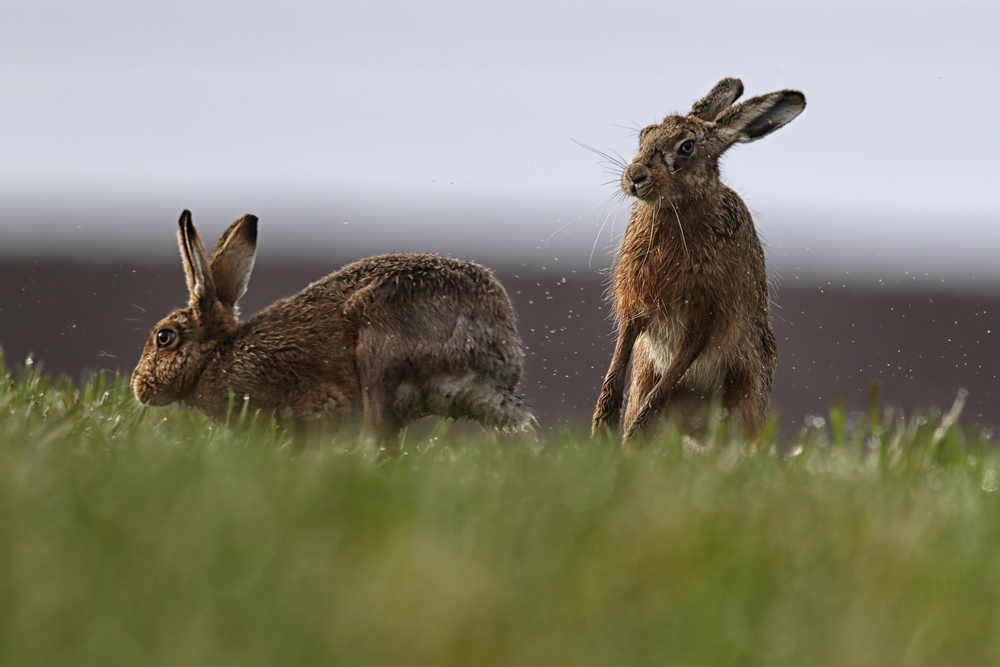
Human beings are engaging in deforestation on a massive scale. As they do so, they come into contact with populations of animals that were previously living their lives unmolested in the forest. Humans are also increasingly gathering large numbers of animals in small spaces to raise for food. Both of these conditions are known to hasten the spread of disease. For instance, COVID-19 is a zoonotic disease, which means that it has the capacity to jump from one animal species to another. Many experts believe that the virus jumped from horseshoe bats, then to an intermediary species, before finally spreading to human beings. As a result of human encroachment into wild spaces, experts anticipate that there will likely be rapid spread of other zoonotic diseases in the near future.
In response to this concern, multiple teams of scientists are working on developing “self-spreading vaccines.” The technology to do so has existed for over 20 years. In 1999, scientists conducted an experiment designed to vaccinate wild rabbits against two particularly deadly rabbit diseases: rabbit hemorrhagic disease and myxomatosis. The process, both in 1999 and today, involves “recombinant viruses,” which means that strands of DNA from different organisms are broken and recombined. In the case of the rabbit vaccine, a protein from the rabbit hemorrhagic disease virus was inserted it into the myxoma virus that is known to spread rapidly among rabbit populations. The resulting virus was injected into roughly 70 rabbits. A little over a month later, 56% of the rabbits in the population had developed antibodies for both viruses.
Today, scientists are pursuing self-spreading vaccine technology for Ebola, Bovine Tuberculosis, and Lassa Virus. The research is currently being conducted on species-specific viruses rather than on those that have the capacity to jump from one species to another. However, as the research progresses, it could potentially provide a mechanism for stopping a potential pandemic before it starts.
Critics of this kind of program believe that we should adopt the Precautionary Principle, which says that we should refrain from developing potentially harmful technology until we know to a reasonable degree of scientific certainty how the technology will work and what the consequences will be. We do not yet know how these vaccines would function in the wild and how they might potentially affect ecosystems. It may be the case that, without these viruses active in the population, some species will become invasive and end up threatening the biodiversity of the given ecosystem.
On a related note, some argue that we should not use wild animals as test subjects for this new technology. Instead of encroaching further into the land occupied by these animals and then injecting them with vaccines that have not been tested, we should instead try to roll back the environmental damage that we have done. These critics raise similar concerns to those that are raised by critics of geoengineering. When a child messes up their room, we don’t simply allow them to relocate to the bedroom across the hall — we insist that they clean up their mess. Instead of developing increasingly intrusive technology to prevent disease spread from one species to another, we should simply leave wild animals alone and do what we can to plant trees and restore the lost biodiversity in those spaces. If that means that we need to make radical changes to our food systems in order to make such a strategy feasible, then that’s what we need to do.
In the case of genetically engineered crops, there have been some unanticipated consequences for local ecosystems. There have been instances of “transgene escape,” which means that some of the genetic features of an engineered organism are spread to other plants in the local ecosystem. In the case of crops that have been genetically modified to be pesticide resistant, this has led to the emergence of certain “superweeds” that are difficult to eliminate because they, too, are resistant to pesticides. That said, most of the soy and corn grown in the United States are crops that have been genetically modified to be pesticide resistant with very few negative consequences. Nevertheless, in the case of crops, we are dealing with life that is not sentient and cannot suffer. When we make use of these vaccines, we are delivering genetically modified deadly diseases to populations of animals without fully understanding what the consequences might be or if there will be a similar kind of transgene escape that has more serious side effects.
In response to this concern, advocates of the technology argue that we don’t have time to press pause or to change strategy. Deforestation has happened, and we need to be prepared to deal with the potential consequences. The COVID-19 pandemic had devastating impacts on human health and happiness. In addition to the death and suffering it caused, it also wreaked economic havoc on many people. It turned up the temperature of political battles and caused the ruin of many friendships and family units. Advocates of self-spreading vaccines argue that we should do everything in our power to prevent something like this from happening again.
Advocates of the policy also argue that these vaccines would benefit not only human beings, but wild animals as well. They could potentially eradicate serious diseases among animal populations. This could lead to a significant reduction in suffering for these animals. As a practical matter, wild animals can be very difficult to catch, so relying on traditional vaccination methods can prove quite challenging. This new method would only involve capturing a handful of animals, who could then spread the vaccine to the rest of the population.
Some object to this strategy because of a more general concern about the practice of genetic engineering. Those who offer in principle critiques of the process are often concerned about the hubris it demonstrates or worry that human beings are “playing God.” In response, advocates of genetic technology argue that we modify the natural world for our purposes all the time. We construct roads, build hospitals, and transplant organs, for example. The fact that the world does not exist in a natural state unaltered by human beings is only a bad state of affairs if it brings about negative consequences.
This is just one debate in environmental and biomedical ethics that motivates reflection on our new relation to the natural world. What is it to be environmentally virtuous? Is it ethical to use developing technology to modify the natural world to be just the way that human beings want it to be? Ought we to solve problems we have caused by altering the planet and the life on it even further? Or, instead, does respect for nature require us to restore what we have destroyed?

